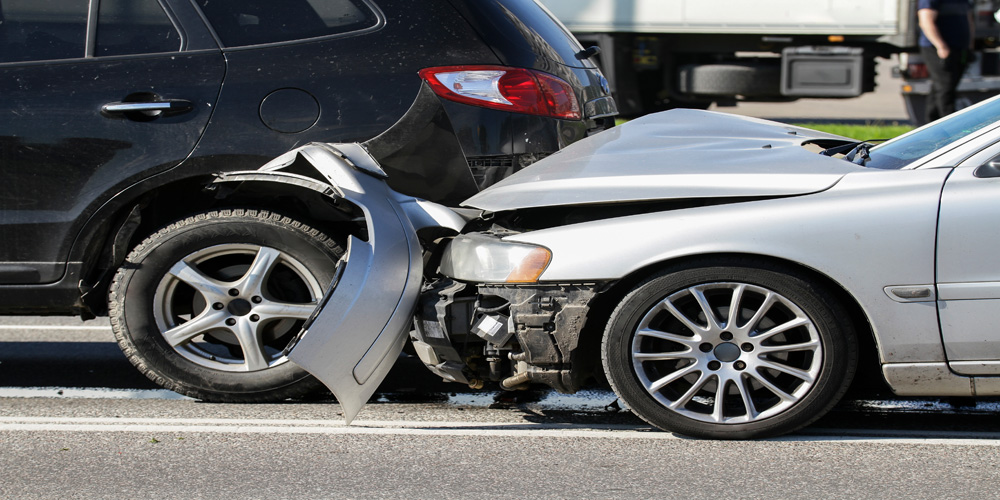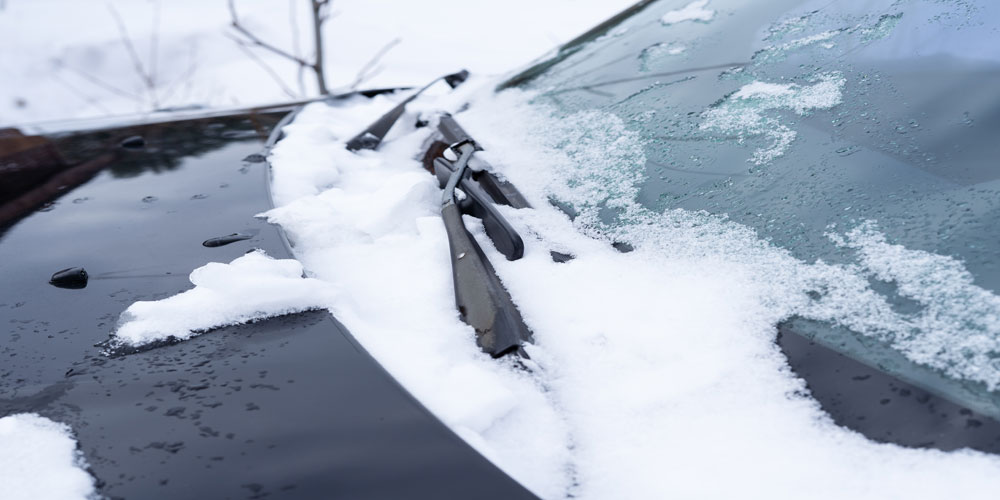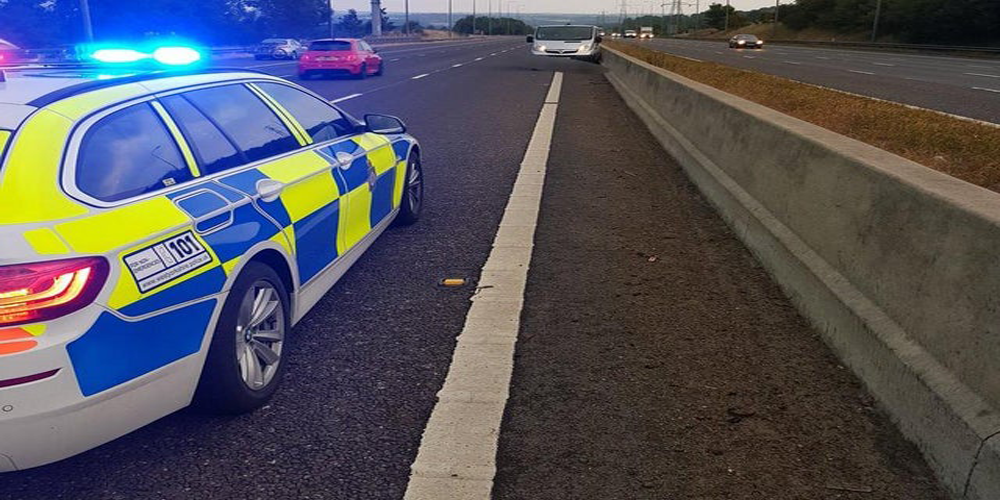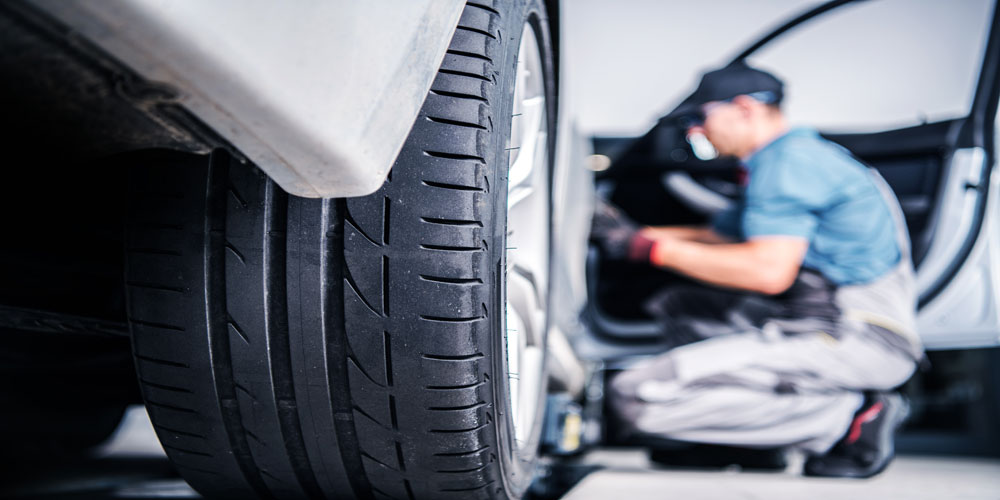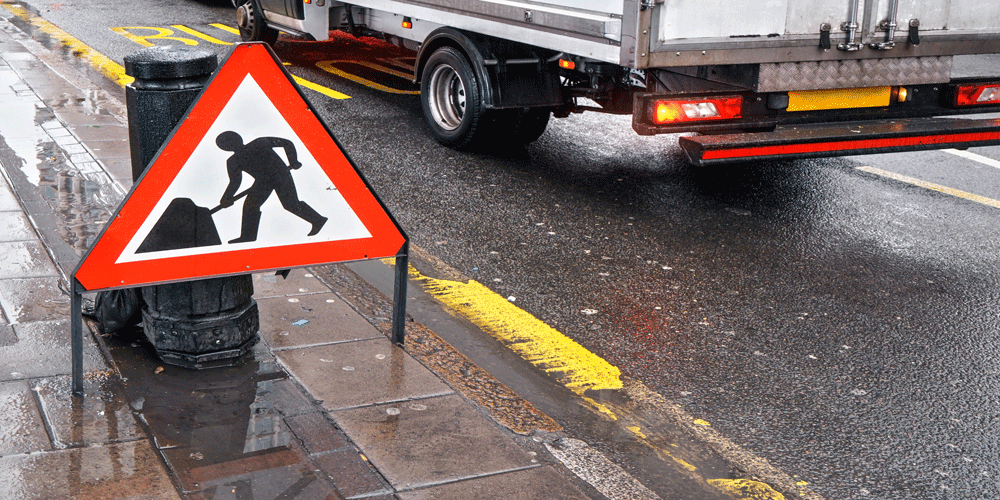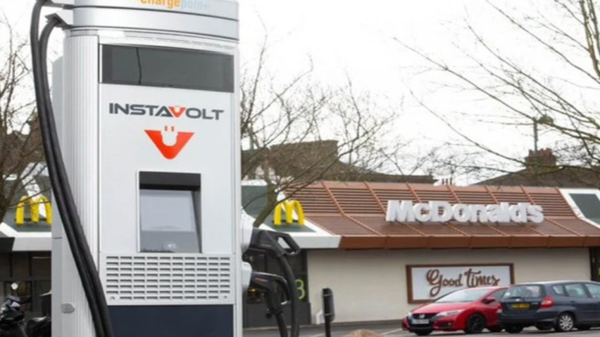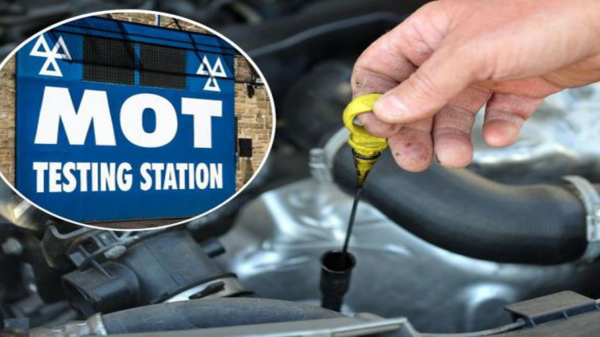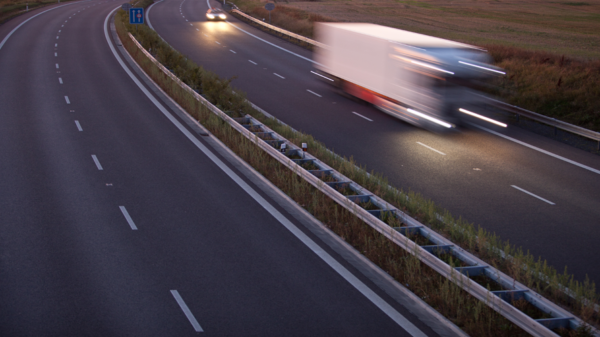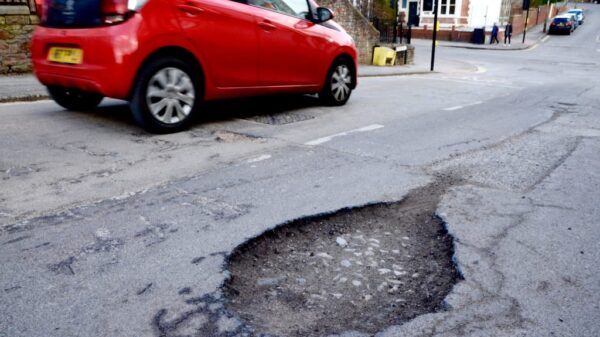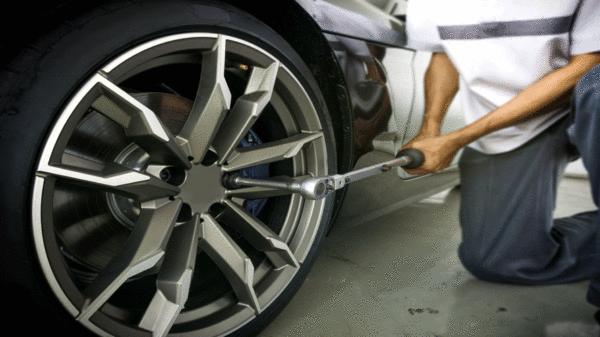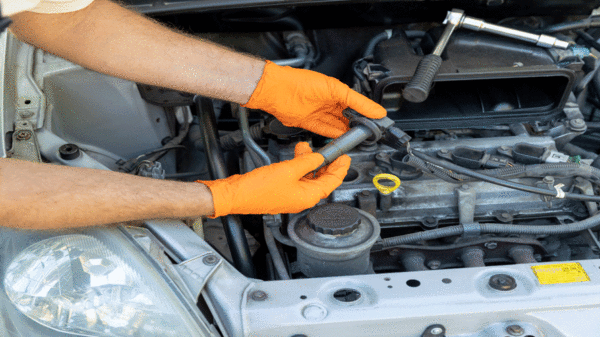After a Traffic Accident ~ Making an Insurance Claim
Motor accidents can be traumatic and stressful for everyone involved, no matter who is at fault. The immediate aftermath of an accident can feel overwhelming, but taking the right steps can help you manage the situation more effectively. Here are some key suggestions to help you stay in control, protect your well-being, and ensure that any insurance claims are handled smoothly.
Stay Calm and Assess the Situation
The first and most important thing to do after an accident is to stay calm. While it’s easier said than done, taking a deep breath and keeping your emotions in check will help you make better decisions. Panicking or becoming overly emotional can make the situation more difficult for everyone involved. Try to remain as composed as possible and focus on ensuring everyone’s safety.
Don’t rush into discussions about blame. Accidents can be confusing, and it may not be immediately clear who is at fault. Avoid making accusations or admitting guilt, as this can complicate the situation legally. Instead, focus on checking if anyone has been injured. If someone is hurt or if the accident involves significant damage, call emergency services (police and ambulance) by dialing 999.
“The Golden Hour”
The first hour after an accident is crucial and is often referred to as “The Golden Hour.” During this period, your primary goal should be gathering as much vital information as possible. Documenting the scene thoroughly within this time frame will make it easier to explain what happened to your insurance company and any authorities involved, speeding up the resolution process.
Take Photos
In today’s world, where almost everyone has a smartphone with a high-quality camera, taking photos is one of the easiest and most effective ways to document the accident. Photos serve as visual evidence and help protect you during the insurance claim process.
Here’s what you should capture with your phone:
Registration numbers: Photograph the registration numbers of all vehicles involved. This saves you the trouble of writing them down manually, and it’s crucial for your insurance claim.
Location: Take wide shots of the accident scene to show where the vehicles are positioned in relation to each other and any nearby landmarks, street signs, or signals. This helps establish the exact location of the accident.
Damage: Photograph any damage to the vehicles involved, even if it seems minor or nonexistent. If there’s no visible damage, take photos to demonstrate that, too. It’s important to have proof that no further harm occurred after the accident.
Videos: If possible, shoot a video of the scene, narrating what you observe. Explain where the accident happened, how the vehicles were positioned, and the visible damage. While videos are great for context, ensure that your photos are clear and sharp since blurry or unclear images may be less useful in the claims process.
Exchange Third-Party Details
After documenting the scene, you’ll need to exchange information with the other drivers involved in the accident. Be sure to collect the following details:
>>> Name and address
>>> Car registration numbers
>>> Telephone numbers
>>> Insurance details
It’s also wise to obtain contact information for any passengers in the vehicles and witnesses who may have seen what happened. Witnesses can be vital if there are disputes about how the accident occurred.
Notify Your Insurance Company
Once you’ve ensured that everyone is safe and gathered the necessary information, it’s time to contact your insurance broker or insurance company. Most insurers have a 24-hour claims line, and the sooner you notify them, the better. Prompt notification allows your insurer to begin the claims process quickly and guide you through the next steps, which can alleviate some of the stress associated with the aftermath of an accident.
Honesty is Essential
When communicating with your insurance company, the police, or anyone else involved in the accident, it’s important to be as honest and transparent as possible. Provide accurate details of what happened without exaggerating any part of the story. Even though you may feel tempted to embellish your account to make your case seem stronger, doing so can backfire. If the insurance company discovers inconsistencies or exaggerations in your claim, they may reject it altogether.
Reporting Theft
If your vehicle is stolen, the process is slightly different but equally important. The first thing to do in this case is report the theft to your local police department. Obtain an incident number from them, as this will be required by your insurance company in order to settle your claim. Without a police report, your insurer may be unable to proceed with your claim for the stolen vehicle.
Motor Accidents: a Distressing Experience
Motor accidents can be a difficult and distressing experience, but by staying calm and following these practical steps, you can handle the situation more effectively. Gathering comprehensive documentation, exchanging essential information, and reporting the incident to your insurance company as soon as possible will not only help resolve the issue faster but also ensure that you’re protected throughout the claims process.
The key is preparation and clarity—being proactive in collecting evidence and staying honest can make all the difference in getting your claim settled smoothly and without unnecessary complications.


